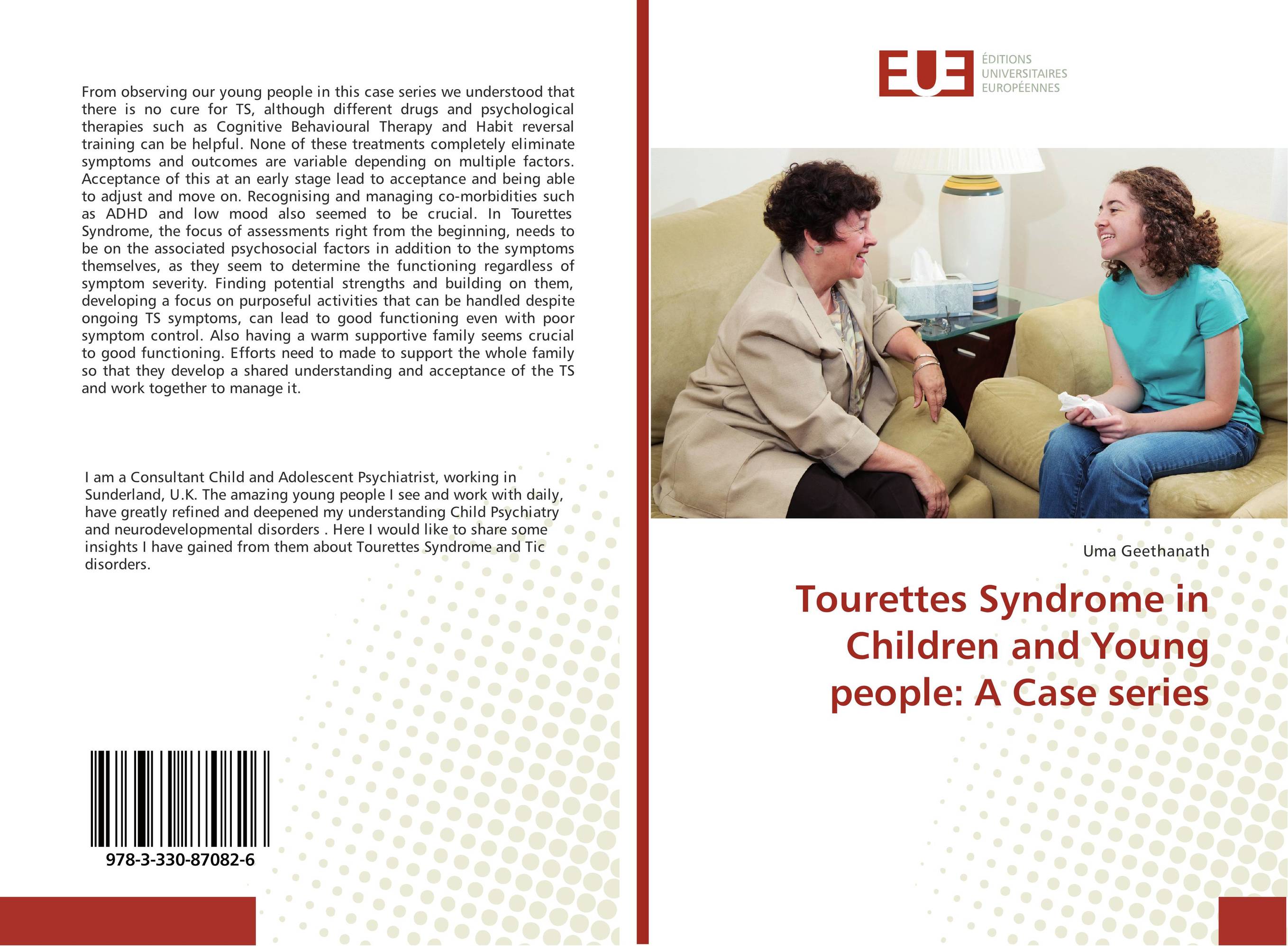| Поиск по каталогу |
|
(строгое соответствие)
|
- Профессиональная
- Научно-популярная
- Художественная
- Публицистика
- Детская
- Искусство
- Хобби, семья, дом
- Спорт
- Путеводители
- Блокноты, тетради, открытки
Tourettes Syndrome in Children and Young people: A Case series.

В наличии
| Местонахождение: Алматы | Состояние экземпляра: новый |

Бумажная
версия
версия
Автор: Uma Geethanath
ISBN: 9783330870826
Год издания: 2017
Формат книги: 60×90/16 (145×215 мм)
Количество страниц: 52
Издательство: ?ditions universitaires europ?ennes
Цена: 15181 тг
Положить в корзину
| Способы доставки в город Алматы * комплектация (срок до отгрузки) не более 2 рабочих дней |
| Самовывоз из города Алматы (пункты самовывоза партнёра CDEK) |
| Курьерская доставка CDEK из города Москва |
| Доставка Почтой России из города Москва |
Аннотация: From observing our young people in this case series we understood that there is no cure for TS, although different drugs and psychological therapies such as Cognitive Behavioural Therapy and Habit reversal training can be helpful. None of these treatments completely eliminate symptoms and outcomes are variable depending on multiple factors. Acceptance of this at an early stage lead to acceptance and being able to adjust and move on. Recognising and managing co-morbidities such as ADHD and low mood also seemed to be crucial. In Tourettes Syndrome, the focus of assessments right from the beginning, needs to be on the associated psychosocial factors in addition to the symptoms themselves, as they seem to determine the functioning regardless of symptom severity. Finding potential strengths and building on them, developing a focus on purposeful activities that can be handled despite ongoing TS symptoms, can lead to good functioning even with poor symptom control. Also having a warm supportive family seems crucial to good functioning. Efforts need to made to support the whole family so that they develop a shared understanding and acceptance of the TS and work together to manage it.
Ключевые слова: children, Tourettes Syndrome, Case series, Tic disorders, Young people



